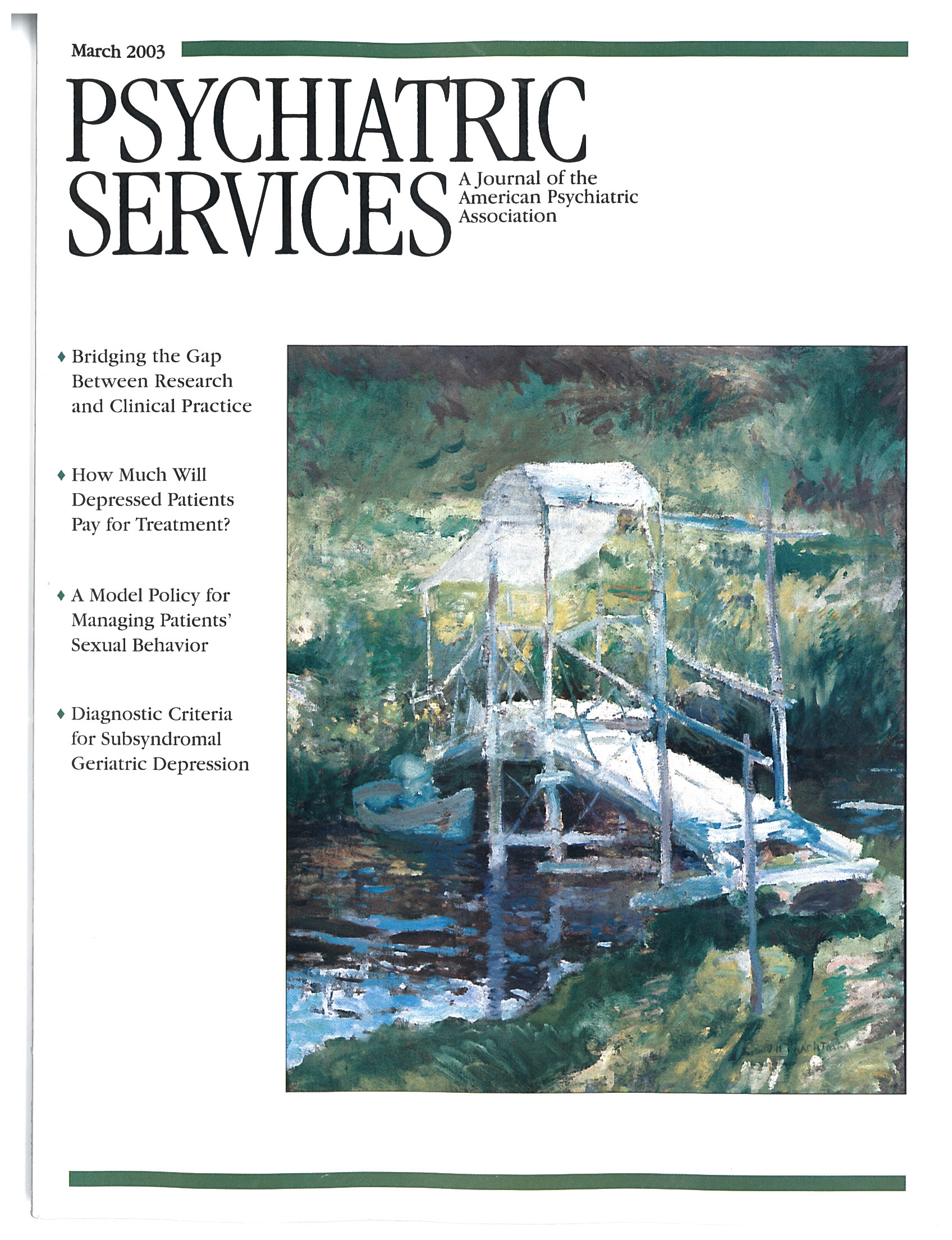Moving Treatment Research From Clinical Trials to the Real World
Abstract
Recently the National Institutes of Health has been emphasizing research that takes findings generated by clinical research and translates them into treatments for patients who are seen in day-to-day nonresearch settings. This translational process requires a series of steps in which elements of both efficacy and effectiveness research are combined into successively more complex designs. However, there has been little discussion of exactly how to develop and operationalize these designs. This article describes an approach to the development of these hybrid designs. Their operationalization is illustrated by using the design of an ongoing effectiveness treatment study of panic disorder in primary care. Experts in both efficacy and effectiveness research collaborated to address the methodologic and data collection issues that need to be considered in designing a first-generation effectiveness study. Elements of the overall study design, setting or service delivery context, inclusion and exclusion criteria, recruitment and screening, assessment tools, and intervention modification are discussed to illustrate the thinking behind and rationale for decisions about these different design components. Although the series of decisions for this study were partly influenced by considerations specific to the diagnosis of panic disorder and the context of the primary care setting, the general stepwise approach to designing treatment interventions using an effectiveness model is relevant for the development of similar designs for other mental disorders and other settings.



